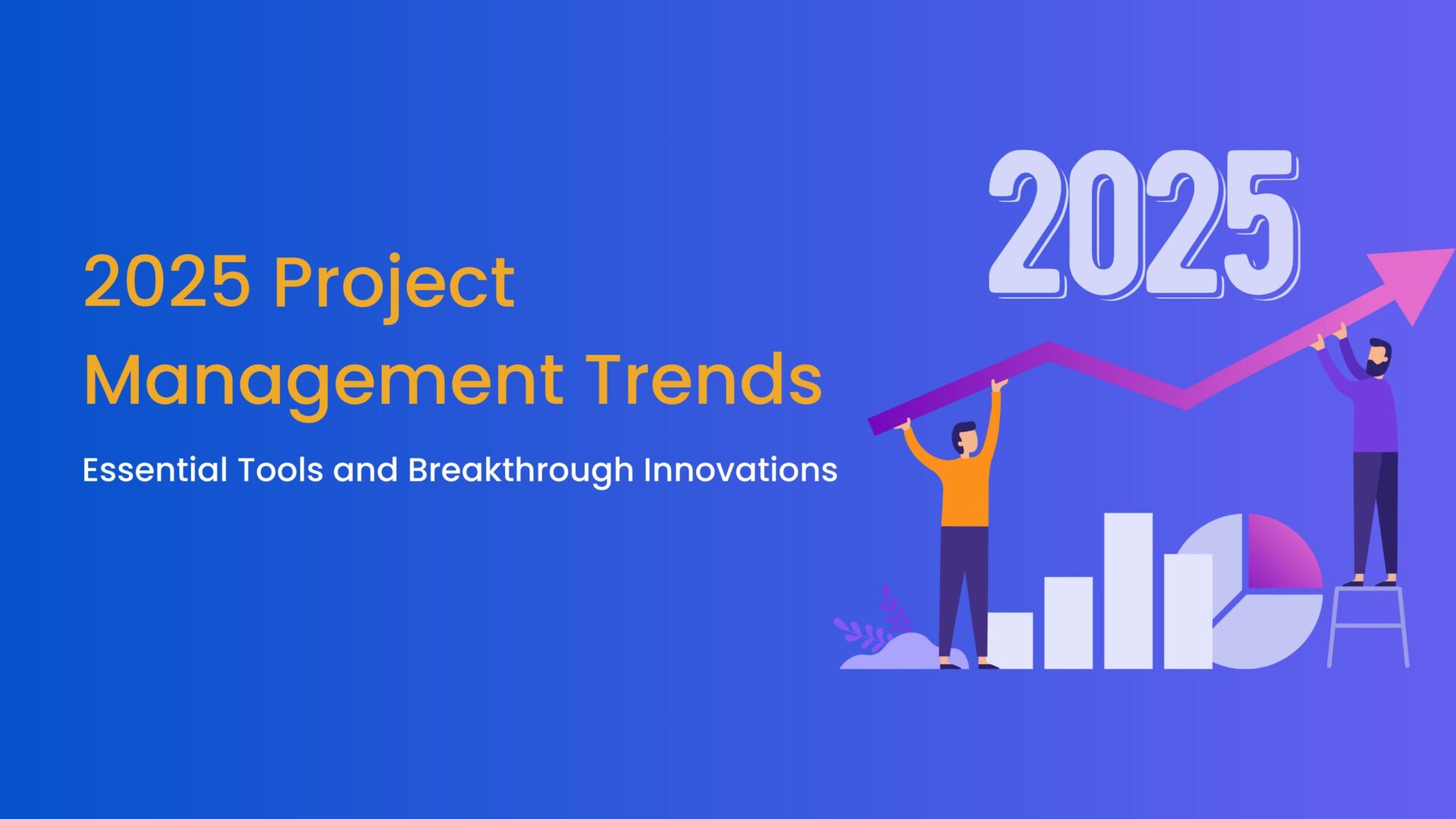https://teamboard.cloud/project-management-for-jira-2/Every project requires resources, people resources, or machines, hardware, software, equipment. Here we’ll consider the professionals who work for companies as a resource.
We’ll discuss why resource planning is essential when it comes to professionals. Know the best practices for resource planning and simple steps to identify the lack of resources for your ongoing project.
What is resource planning?
Resource planning is the process of identifying the resources required to deliver a specific project. Identification is conducted during the task level of the plan, where you know the specification of tasks and skills to complete the tasks.
Common causes of the lack of quality resources
Working with unplanned resources and without backup is risky. There are situations where the project is canceled or stopped due to a lack of resources. Due to lack of resources or confusion in dealing with the situation, the manager can identify the situation coming.
These are common causes of the lack of quality resources:
- Newest technology: Working on outdated or latest technology can lead to trouble in finding skilled professionals. It’s hard to find the right resources that program or support the technology, and if you find them, they come at a premium cost.
- Resource utilized for priority projects: Certain projects have a higher value, the progress of the project is hampered when a key resource is pulled off the project.
- Unforeseen events: Unforeseen events like a natural disaster or health issue of any of the resources could lead to an unconditional delay in the project.
- Poor Planning: Resource forecasting using project management tools is necessary. Poor planning leads to delay in the project and times cancellation of the project.
Overcoming the lack of resources
Lack of resources impacts the cost, time, and quality of the project. Experience allows managers to overcome this situation of lack of resources. Although overcoming the lack of resources depends on the managers and conditions, we illustrate proven ways of avoiding the impact on the project.
1. Identify the situation and impact:
Prior identification of the situation can avoid worse. Managers replace their resources without changing the budget or hiring a new skilled professional that could impact the budget in terms of cost and time.
Vigilant team members can avoid awful situations. Project management techniques like peer working allow mutual learning and avoid risky situations.
Team members can be aware of the tasks and work done by their peers when they routinely review the completed work.
2. Leverage your change control board
For a few projects, the changes are handled by the change control board. In such cases, you can present your views, and identify the situation and the impact in terms of cost, time, scope, and quality.
Make recommendations, facilitate your decision, and adjust accordingly.
Best practices for resource management
Unavoidable situations cannot be controlled, but we can follow best practices for each project.
1. Plan in advance
Planning a project with a start date will map the tasks and resources in advance. Intermediate reviews, daily standup, updates the entire team of the tasks and challenges faced by the team are the ways to plan transition in advance.
2. Get input from your team and industry
As you plan for the project, get inputs from the team, to avoid overlooking the resources or other needs.
3. Continue updating throughout the project
Some projects span for years and during this time the standards and requirements change. It is best to continue updating the timeline throughout your project.
4. Create a guide or standard for your project
To align the team and new members, maintain a standard for your project. To be aware of changes in the team maintain a strong relationship between the team members.
5. Resource management tool
Use project management tools or resource management tools to have all the planning in one place. Tools like Jira are widely used for projects based on agile methodology.
Foresee lack of resources?
1. Identifying what resources are required.
Identify equipment, hardware, software, or any specific versions that need to be subscribed or specific standards to meet for the project.
Identify purchasing, lease, or specific terms to meet for a hardware or software.
Consider people and personal, roles, experience, skills, certifications, clearance. Consider the employees already having a specific experience, or ask for the contractor and third-party wonders.
2. Determine ‘When’ you need resources
Your resource requirement is in the pre-project planning phase, a specific timeframe, or the entire project, being clear with the need for resources would get you out of confusion.
Go with a SWOT team where they analyze the strength, weaknesses, opportunities, and threats.
3. Negotiate ‘where’ and ‘how to get them’
If the resources are shared between the projects, negotiate the time and tasks for the resources for individual projects. The timelines or tools can help you design the plan for each resource, store the profile of resources and modify the start time and tasks as needed.
The data collected by the tool are analyzed and displayed using visualization. The time logged for each task, day week, and month is easily calculated.
The reports generated are the source for decision-making and resource forecast. All the features required by the managers may not be present in the tools but the best tool so far is TeamBoard.
Available in Jira marketplace provides a comprehensive look by linking the recourses, tasks, and timeframe. Flexible in changing the colors and size of cards, it’s easy to use and modifies the timesheet as required.
The best part is profiling of resources, managers can search the profiles based on their requirements and skills mentioned by the resource.
Take away
A major reason for project failure is a lack of resources. We have discussed the reasons for the lack of resources. To overcome this challenge managers can plan in advance, adapt project management techniques and use resource planning and collaboration tools. A vigilant manager encourages friendly relationships with the team and is aware of upcoming changes in their team. With the above trick, one can avoid a lack of resources and contribute to a successful project.














